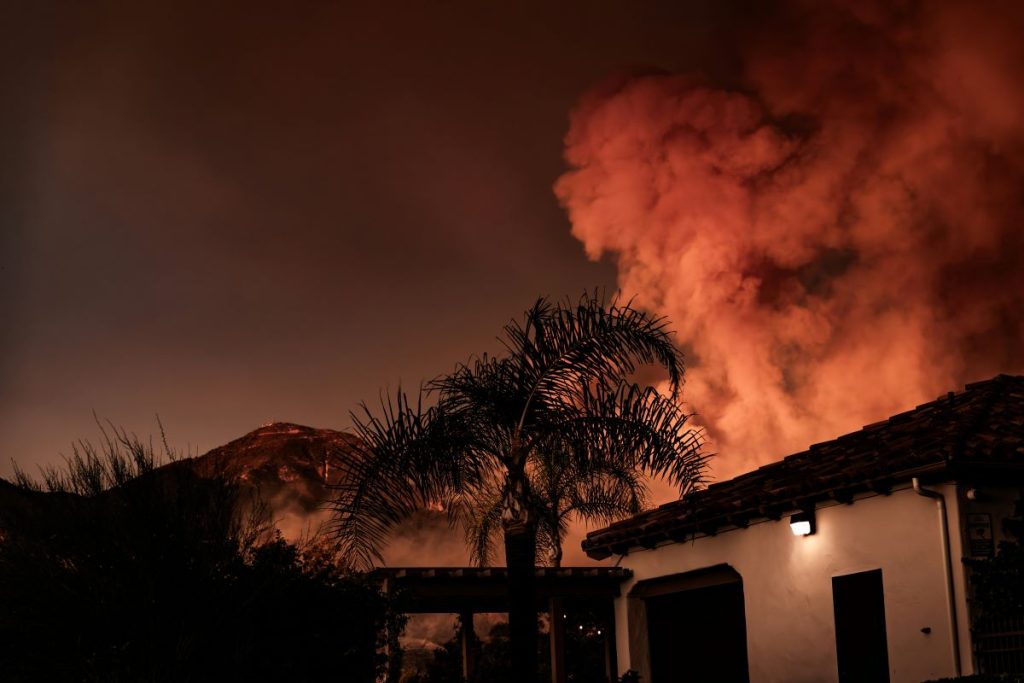Southern California’s raging fires disrupt manufacturing, transportation, and logistics networks.
Wildfires sweeping across Southern California since January 7 have created significant risks for supply chains in the region, according to Exiger, a risk and compliance management firm. The fires, fueled by dry conditions and strong Santa Ana winds, have devastated areas including Los Angeles County, the Inland Empire, Orange County, and Ventura County. Key locations such as Malibu, Pasadena, and Sylmar have been severely impacted.
The fires have already claimed 24 lives, destroyed over 12,000 structures, and displaced 153,000 residents. Beyond the human and financial toll, California’s critical role in transportation, technology, and industrial machinery has amplified the fires’ impact on supply chains. Businesses are bracing for delays, shortages, and increased costs as power outages, evacuations, and road closures disrupt production and distribution networks.
Ports and Relief Efforts Face Challenges
While the Ports of Long Beach and Los Angeles remain outside the Red Flag Warning zone, transportation routes connecting these hubs to affected areas are at risk, potentially hindering access to these vital gateways and Los Angeles International Airport (LAX).
In response, the American Logistics Aid Network (ALAN) is coordinating with local survivor support groups to address immediate needs. However, the influx of donations has created logistical challenges, as relief organizations work to sort and distribute supplies efficiently. ALAN is providing just-in-time guidance and encouraging supply chain providers to contribute logistics capabilities such as warehouse space, trucks, and equipment.
A Call for Strategic Support
Kathy Fulton, ALAN’s Executive Director, emphasized the importance of strategic aid, urging businesses to avoid sending unsolicited supplies that could overwhelm relief efforts. Instead, targeted contributions of logistics resources can make a meaningful difference during this crisis.
Wildfires Expose Critical Weaknesses in Supply Chain Resilience
The Southern California wildfires expose a stark truth for supply chain leaders: resilience is no longer just a competitive advantage but a business-critical necessity. These events reveal not only the physical vulnerabilities of our networks but also the systemic dependencies that ripple across industries during a crisis. Leaders must reframe their resilience strategies, moving beyond traditional risk management to embrace predictive analytics, advanced scenario planning, and adaptive supply chain ecosystems. The integration of real-time data, cross-sector collaboration, and sustainability initiatives will be pivotal. As natural disasters become more frequent and severe, organizations that view resilience as a strategic investment—rather than a cost center—will be best positioned to navigate uncertainty and secure long-term value creation.







